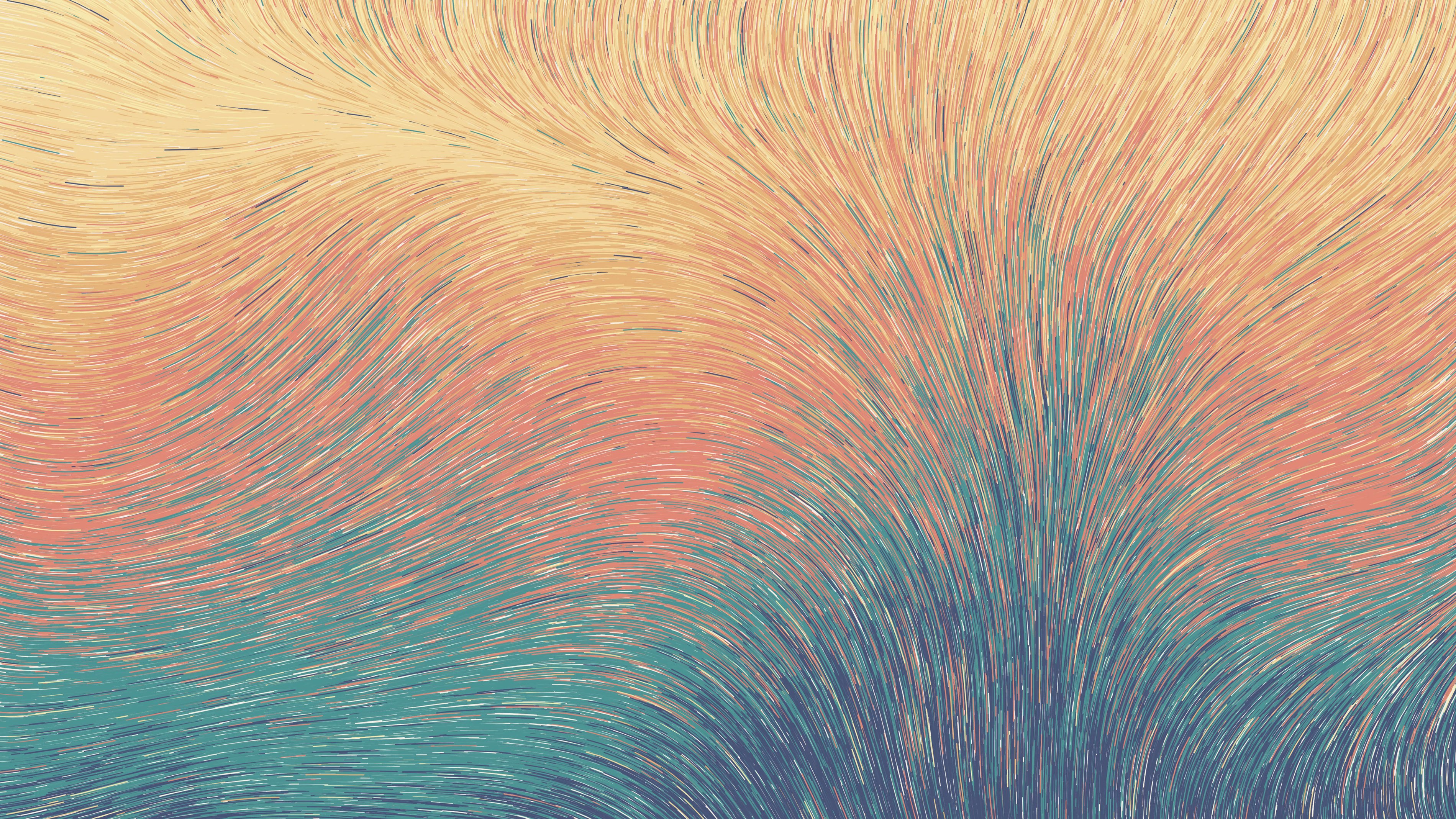Intellectualism Has Hampered Generative Art

Generative artwork has been dominated by the intelligent and the intellectual. It has been obsessed with the discovery of clever algorithms and optimizations. The primary movers have largely been mathematicians and engineers, so this is not surprising. Those thought patterns are our bread and butter. We are used to following no-nonsense, rational chains of thought.
What is challenging to us about visual artwork is that none of that really matters to the viewer. When I say the viewer, I am referring to the person in the moment of active viewing, taking in the visual stimulus, engaging in pure perception. That is the moment when the artwork must succeed. If an intimate relationship between the viewer and the artwork is not established here, nothing else matters. That's the opportunity that the artwork has to speak. It must communicate. It is there for the purpose of communication. The viewer must hear some message, and it must draw them in to wonder about the thing they are viewing. Why is this enthralling? What makes this special to me? It already has to be special to them for them to wonder this.
If the painting doesn't capture them, they won't stick around to find out these details.
As generative artists, we think we have such a cool story to tell about how we make our work! It makes us sound smart! We can do weird things with computers that go right over most folks' heads! Maybe we use an esoteric tool set, or sophisticated math or programming techniques. The viewer does not care. Just like the viewer doesn't really care if Rothko ground his own pigment by hand. If the painting doesn't capture them, they won't stick around to find out these details. Our technical prowess may be good for impressing other programmers, but even these folks, in the moment they view the artwork, don't care. They only know if the image speaks to them. Our technical abilities are only important so far as they allow us to create images that speak to us. They are enablers, not a source of value on their own.
Agnes Martin said, "We can hardly imagine giving up the intellect. To be an intelligent person has been the thing from the beginning. But the intellectual way and the inspired way are two different ways. If you are an artist, the intellectual way has to be given up. If someone says this work is brilliantly conceived, that is not a compliment. Or if they say it is talented or has force, it is not a compliment. But if they say it is inspired, that is a compliment."
The intellectual way and the inspired way are two different ways. If you are an artist the intellectual way has to be given up.
- Agnes Martin
Now, how do you make an image that speaks to the viewer? This is the question that's at the heart of artwork, and it is impressively tricky to pin down. I don't think any of us can solve it the same way. The best we can do is to find images that speak to us, as the artist, and hope that the common bonds we share with all humans will enable it to also speak to others. You would think it's easy to make artwork that speaks to you, but it's not. It's hard to quiet your mind enough to listen to just the artwork. It's hard to have courage to fall in love with something that nobody else has ever showed you, or talked about, or loved before. Your brain thinks this is hard, or a worthless idea, or insane. And you do have to love the art, nothing short of that will do the trick. You have to want to make the most perfect thing you can make. If you don't actually want that, you'll stop before you get there. Worse, you may make something that even you don't love.
Can you see how you can't just outsmart the problem? Try, and you'll end up with insufferable artwork, suitable only for consumption by academics who want something fancy to write about. There should be some people out there (outside of the generative art bubble) who can talk about why they LOVE a piece of your artwork, in the same way that you can talk about why you love a favorite album. Those are the kinds of feelings you want. There are probably many different albums that you love, and each of them will pull you into a different set of feelings, all of them rich and complex. You should aspire to do the same with your artwork.

Afterwards, 2017
I should conclude by saying that all of this has been discussed at length by more traditional visual artists. As generative artists, we often don't have a deep connection to that mode of thought. Because of our backgrounds, we take the easier route of considering our work in primarily technical terms. This is detrimental to generative artwork. This is part of the reason why it has languished for decades, and why the vast majority of people don't even know it exists. I hope that the newer generative artists can see past the obvious technical aspects of the work and instead focus on the visual communication that really matters.
Keep going deeper.
–
From time to time, I write about my thoughts and artistic process. If you'd like to be notified the next time I publish an essay, sign up for my newsletter in the menu.